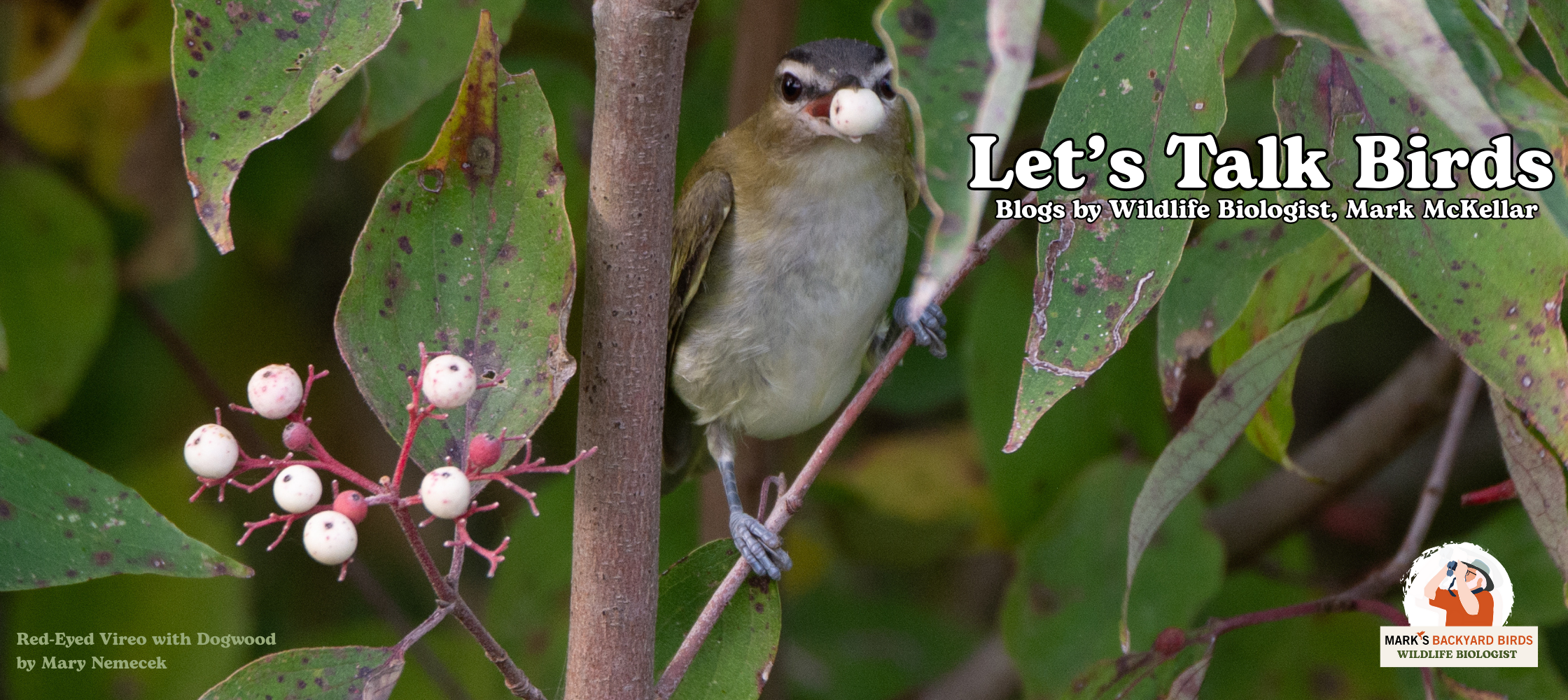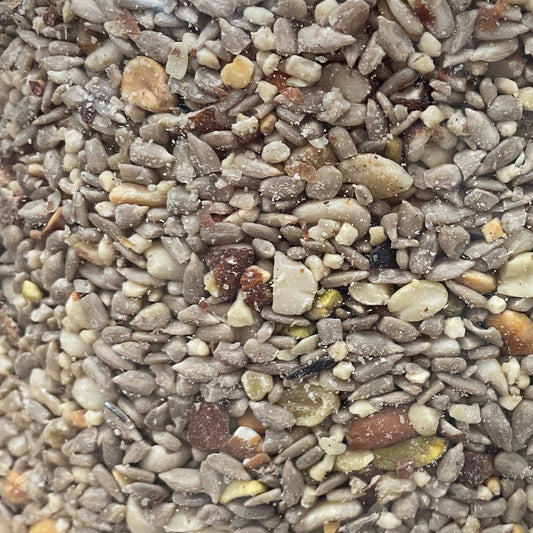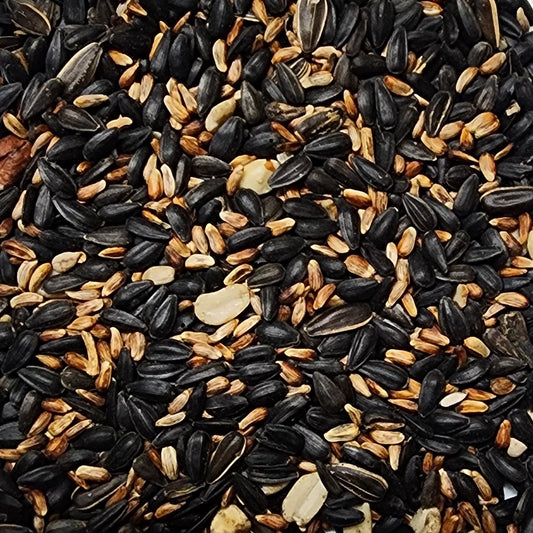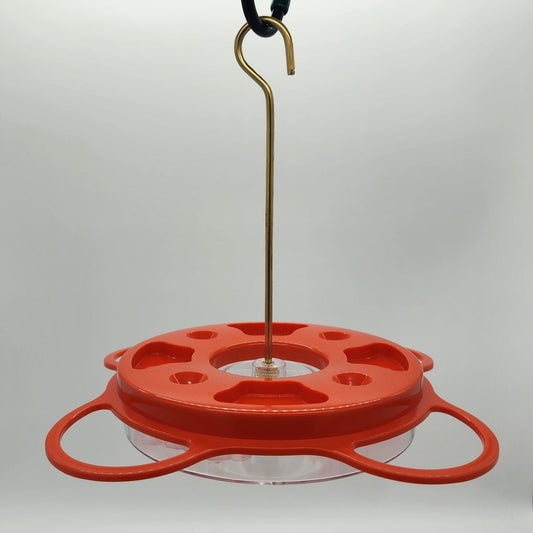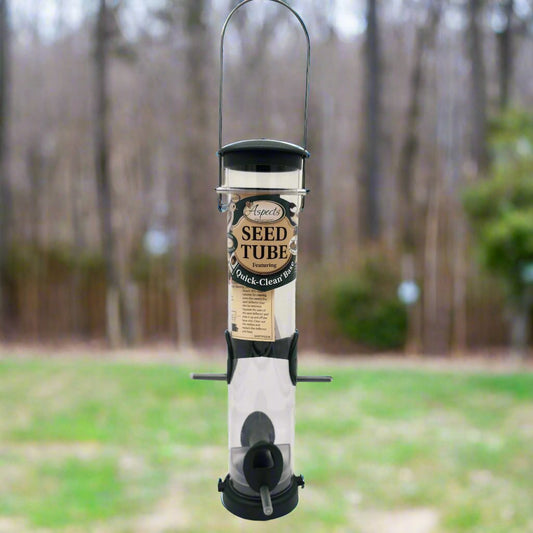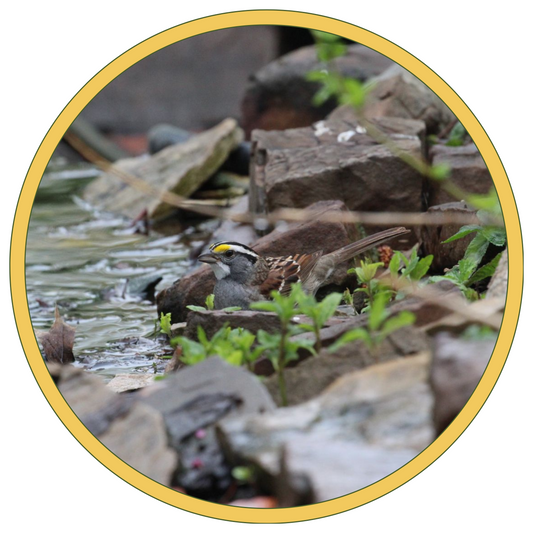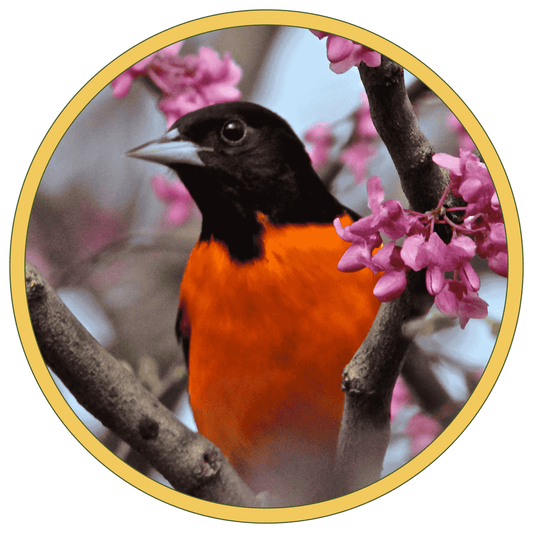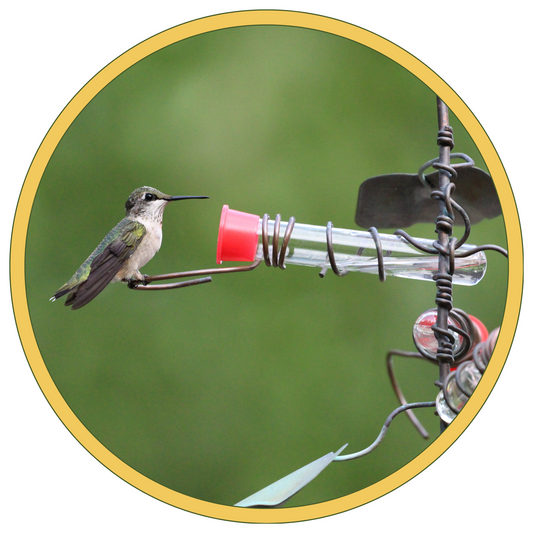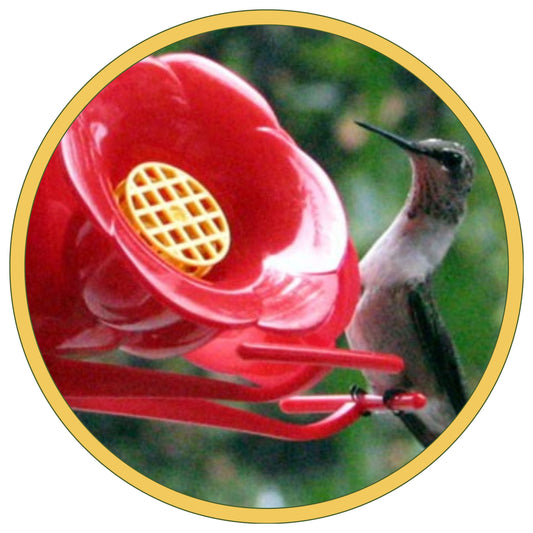How to Keep Hummingbirds Safe: Avoiding Common Feeder Dangers

Every summer and fall, hummingbirds bring incredible energy and beauty to our backyards. If you’re like me, you’ve probably spent hours just watching them dart and hover around your feeders. But as magical as they are, hummingbirds face more threats than many people realize—and some of those dangers may be lurking right around your feeders.
This post is inspired by a viewer who asked me to pull together a full rundown of those dangers in one place. It’s a timely topic too, since hummingbirds are currently migrating through much of the country. Let’s walk through the biggest risks, which ones are overblown, and what you can do to keep your tiny visitors safe.
1. Bees and Wasps: More Annoying than Dangerous
It’s not unusual to see bees buzzing around a hummingbird feeder. Depending on the design, bees may cluster on the body of the feeder but rarely outcompete hummingbirds for the nectar. And while you might imagine stings being a serious issue, research shows that bees and wasps pose very little danger to hummingbirds.
Pro tip: Place out an extra bee-proof feeder nearby. Hummingbirds will simply shift over if one feeder gets too crowded.
2. Praying Mantises: A Real Risk
While our native mantids are small and harmless, the larger introduced Chinese mantis is another story. These can and do catch hummingbirds. If you spot one near your feeder, remove it right away. They’re invasive, and beyond threatening hummingbirds, they also disrupt our native insect populations.
3. Birds That Prey on Hummingbirds
Some larger birds are opportunistic hunters of hummers.
- Roadrunners in the Southwest are notorious for snatching hummingbirds in mid-air.
- Great Crested Flycatchers and even Loggerhead Shrikes have been documented catching them too.
While it’s not common, it does happen. If you notice a roadrunner or flycatcher lurking around your feeder, shoo it away before it gets too comfortable.
4. Snakes in Surprise Places
Snakes are incredible climbers, and yes, they can coil up on a branch or even on the feeder itself to ambush hummingbirds. Rat snakes are the usual culprits. While snakes play a valuable role in our ecosystems (so don’t kill them), it’s smart to gently chase them off if they’re hanging around your feeders.
5. Spiderwebs: A Silent Killer
This one surprises a lot of people. Orb weavers and other spiders spin sticky webs that can easily entangle a hummingbird. Once their wings and bill are gummed up, they often can’t escape.
I’ve seen cases where quick human intervention saved the bird—but many aren’t so lucky. If you love your hummingbirds, clear spiderwebs near your feeders during the season. Save the webs for fall and winter, when the hummers have moved on.
6. Dirty Feeders: The #1 Threat
Of all the risks, the biggest one is completely in our control: keeping feeders clean and nectar fresh.
Dirty feeders grow harmful mold and bacteria that can make hummingbirds sick or even kill them. Here’s the safe recipe and routine:
- Mix 4 parts water to 1 part white sugar.
- Change nectar every 2–3 days in warm weather.
- Rinse and clean feeders before refilling.
- Make a small batch of nectar and store extras in the fridge.
This simple habit does more to protect hummingbirds than anything else you can do.
Final Thoughts
From bees to snakes, there are plenty of things out there that might threaten a hummingbird. But the biggest dangers are the ones we often overlook—like spiderwebs and dirty feeders.
By staying alert and keeping your feeders clean, you can provide a safe, welcoming stopover for these amazing little travelers as they make their long migration journeys.
Thanks again to Rick for suggesting this topic. And if you enjoyed this post, I’d love for you to share it with a fellow bird lover.
If you want more tips like this, subscribe to my YouTube channel where I share backyard birding advice, gear recommendations, and simple ways to attract more feathered friends right outside your window.
Until next time — Let’s Talk Birds!

